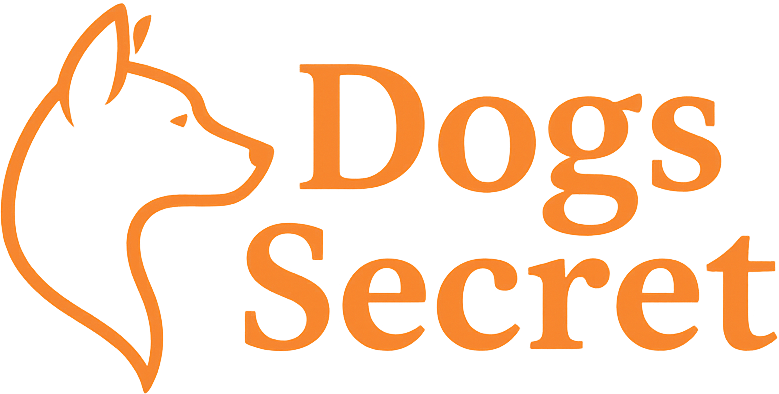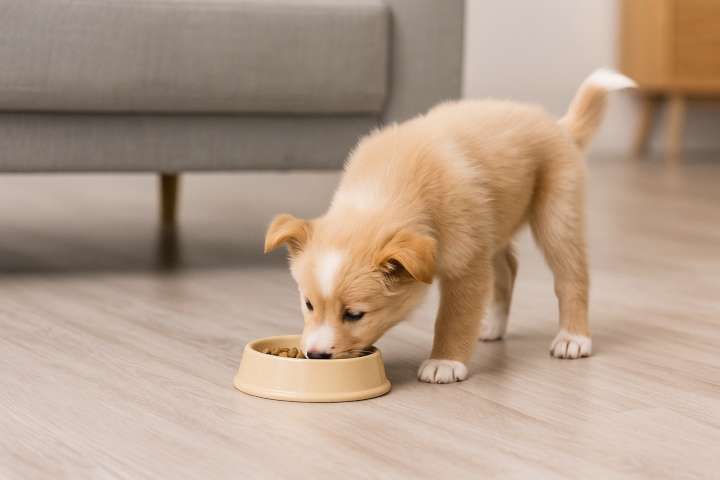How often should you feed a new puppy is one of the first questions new dog owners ask—and for good reason. Feeding a new puppy isn’t just about filling a bowl—it’s about providing the right nutrients, at the right times, to support healthy growth and development. Puppies have small stomachs and fast metabolisms, which means they need frequent, properly timed meals throughout the day.
But how often should you feed your puppy? And how do you adjust the schedule as they grow? In this guide, we break down the ideal feeding frequency by age, explain portion sizes, and help you build a feeding routine your puppy can thrive on.
Why Puppies Need Frequent Meals
Unlike adult dogs, puppies burn calories rapidly and can’t store enough energy in one or two large meals. Regular feeding helps:
- Maintain energy levels
- Support bone and muscle development
- Stabilize blood sugar
- Prevent digestive upset
Missing meals or feeding too much at once can lead to issues like hypoglycemia (low blood sugar), bloating, or weight problems.
Feeding Schedule by Age
6–12 Weeks Old
Feed 4 times per day
At this stage, your puppy is growing fast and adjusting to solid food. Divide their daily recommended portion into four evenly spaced meals.
- Suggested times: 7 AM, 11 AM, 3 PM, 7 PM
- Choose a high-quality puppy food formulated for growth
- Avoid table scraps and treats that can upset digestion
3–6 Months Old
Feed 3 times per day
As your puppy matures, their stomach capacity increases and they can handle fewer, larger meals.
- Suggested times: 7 AM, 1 PM, 6 PM
- Monitor body condition and adjust portions as needed
- Keep consistent meal times to support house training
6–12 Months Old
Feed 2 times per day
Most dogs can transition to a twice-daily schedule by 6 months, though some large breeds may benefit from 3 smaller meals until 12 months.
- Suggested times: Morning and early evening
- Continue using puppy food until your vet recommends switching to adult formula
- Watch for signs of overfeeding or underfeeding (weight gain or slow growth)
12+ Months Old (Adult Transition)
At this point, you can move to a permanent feeding routine—typically 2 meals per day. Large and giant breeds may transition later than smaller breeds
Always consult your veterinarian before switching to adult food or altering the feeding frequency.
How Much Should You Feed?
Use your puppy food’s feeding chart as a starting point. Adjust based on:
- Age
- Breed and expected adult weight
- Activity level
- Body condition (underweight, ideal, overweight)
Avoid free-feeding (leaving food out all day), as it can lead to overeating and make potty training harder.
Tips for a Healthy Feeding Routine
- Use the same location and bowls to build routine
- Offer fresh water at all times
- Remove uneaten food after 15–20 minutes
- Keep treats to no more than 10% of daily calories
- Stick to a consistent schedule—puppies thrive on predictability
Conclusion
Final Thoughts on How Often Should You Feed a New Puppy
Feeding your puppy the right amount at the right times sets the foundation for lifelong health. By following an age-appropriate schedule and adjusting as your dog grows, you’ll support strong development, better digestion, and successful house training.
Looking for the best puppy food options? Check out our Top Puppy Food Picks based on real-life experiences and expert guidance.

